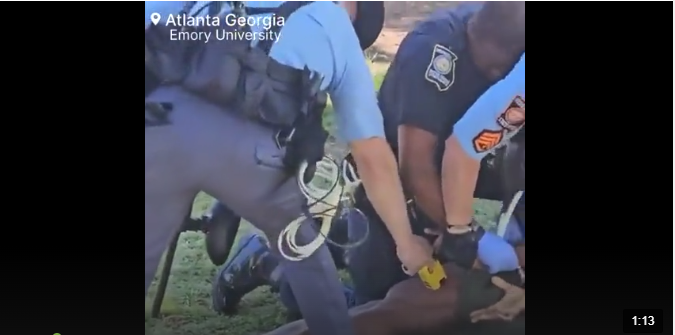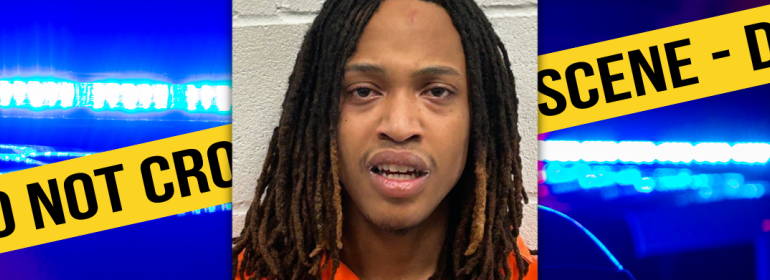In a startling display of civil unrest, Emory University in Atlanta, Georgia, became the epicenter of a large-scale protest that escalated into a chaotic confrontation between police and demonstrators. The rally, primarily driven by pro-Palestine activists and supported by hundreds of students and various other activists, witnessed an intense police response involving tasers, tear gas, and rubber bullets. This significant assembly on the university grounds aimed to express solidarity with Gaza, reflecting the global reach of geopolitical conflicts and their resonance among young Americans.
The demonstration at Emory University was organized by a coalition of student groups and external organizations advocating for Palestinian rights. This protest is part of a broader wave of rallies across the United States and worldwide, responding to recent developments in the Middle East. The activists at Emory established a “Gaza solidarity encampment” as a symbol of enduring support for Palestinian people, mirroring similar encampments seen in other cities and university campuses.
As the crowd grew, the atmosphere became charged and tense. The protesters, armed with banners, flags, and megaphones, chanted slogans and delivered speeches condemning actions against Palestine and calling for a cessation of violence. However, the situation escalated when some demonstrators reportedly started hurling objects, including water bottles and other items, at police officers stationed to monitor the event.
The police response was swift and severe. According to eyewitness accounts and videos circulated on social media, law enforcement officers equipped with riot gear used tasers, tear gas, and rubber bullets to disperse the crowd. These measures, typically reserved for riots or extremely violent protests, indicate the level of threat perceived by the police or the challenges they faced in maintaining public order.
The use of such force by police at a university protest has sparked significant controversy and debate within the Emory community and beyond. Students and faculty expressed concern about the militarized response to a predominantly peaceful protest. Critics argue that the heavy-handed tactics were unnecessary and could have exacerbated the situation rather than containing it.
Conversely, some community members and observers support the police actions, citing the need to maintain law and order and protect property and non-participating individuals. They point out that any form of violence or disruption at a protest can warrant a firm response to prevent potential escalation and ensure safety.
The mass arrests and aggressive police tactics raise questions about the balance between freedom of expression and public safety. Legal experts and civil rights activists are scrutinizing the events for any violations of protesters’ rights. The determination of whether the police response was proportionate and justified is central to this analysis.
Moreover, the incident highlights the ongoing debate over the appropriate use of force by law enforcement during demonstrations. It underscores the need for clear policies and training for police on how to handle protests, especially in sensitive environments like university campuses.
The media’s role in shaping public perception of the event is also significant. Initial reports focused on the violence and police response, potentially overshadowing the protesters’ messages and aims. This has led to calls for more balanced reporting that covers not only the actions taken during protests but also the underlying reasons and motivations for such gatherings.
The aftermath of the protest and the police crackdown at Emory University continues to unfold. The university administration has called for a thorough investigation into the events, promising to address any grievances from students and to reevaluate their approach to handling protests. This incident could lead to broader discussions and potentially reforms in campus policies on demonstrations and police conduct.
The Emory protest not only highlights local issues of campus safety and student activism but also reflects the larger national and international tensions surrounding the Israel-Palestine conflict. It demonstrates how global issues can influence local environments and provoke responses that resonate well beyond their immediate context.
The Emory University incident serves as a potent reminder of the complexities and challenges of managing public demonstrations in a charged political climate. It raises critical questions about civil liberties, police powers, and the responsibilities of educational institutions in fostering a safe and conducive environment for free expression. As the community seeks to recover and move forward, the lessons learned from this turmoil will likely influence future responses to similar events and contribute to the ongoing dialogue about democracy, rights, and justice in America.




